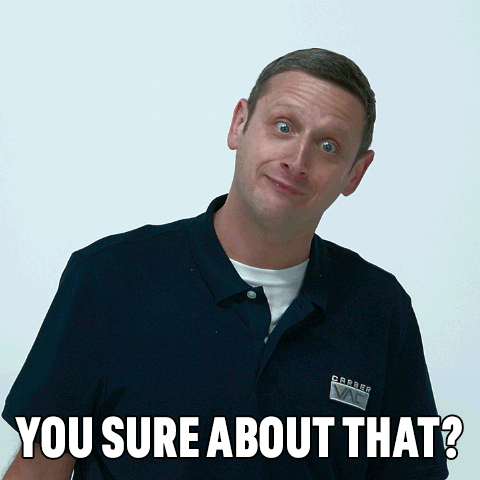Ive seen some public safety systems with a more disorganized scheme for their radio IDs.
But for real, the DEC TGs and RIDs may seem unusual, but that's because of the CPS-P3 or dialing scheme they employ.
In CPS-P3 Values, a TG or RID is formatted as"Net-Fleet-Sub". Let's take Trinity as an example: 500-33-900. Anything with a 500-33-### (33 being the TG fleet) will be a Trinity TG, with a capacity for 99 TGs or "Sub". With each Fleet of TGs, there is a corresponding Fleet of RIDs. For Trinity, anything in the TG fleet (33) has a RID Fleet of 33 as well, so all the RIDs for Trinity are 500-33-###. Additionally, only RIDs with this scheme would be reserved for Trinity. I think for the RIDs, they have to start at ###-##-200 or something like that. Additionally, another TG Fleet, such as GTHD (88), cannot be part of the same RID Fleet (33). Meaning RID 500-33-232 can't be a GTHD assigned Radio.
There's a specific calculation to determine which RIDs are assigned to which TG fleet, but it involves a complex mathematical equation that only a rocket surgeon can figure out. It may seem confusing, but DSD+ has this feature built in and automatically calculates the CPS-P3 Values. I don't think unidens can yet comprehend the CPS-P3 structure.
Once you see all the talkgroups and Radio IDs in CPS-P3 format with Net-Fleet-Sub in DSD+, it will seem much more organized. What makes it look sloppy is the conversion back from CPS-P3 to DEC.
 but either way nice to get this data added to the list! Another thanks to @cg , I would not have gotten DSDPlus working without you. Thank you!
but either way nice to get this data added to the list! Another thanks to @cg , I would not have gotten DSDPlus working without you. Thank you!

